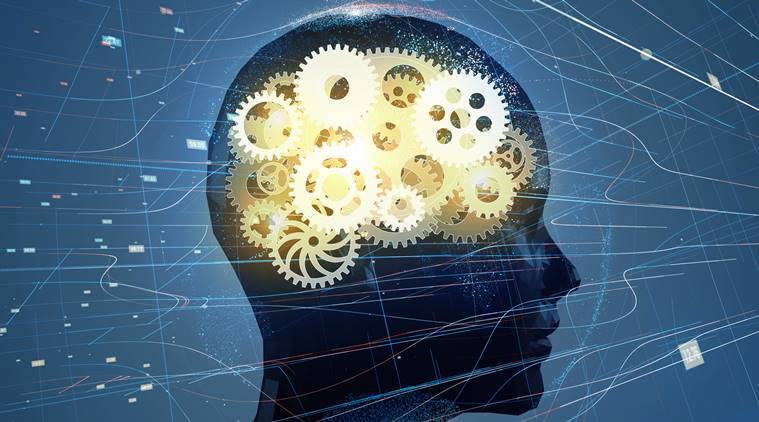A recent study may shed light on how our brain works, and it’s actually pretty cool. Scientists have actually been able to measure brain waves while a person is either awake or fast asleep. They were able to see how the brain was functioning when a person was either using their brain at a high efficiency, or when they were not using their brain at all.
This study looked at theta brain waves, which are usually associated with being more awake. When the person was asleep, they showed a lot of activity in the delta waves, which are generally associated with being less awake. This new model may shed light on how our brain works, because this particular part of the brain is involved when we’re daydreaming, as well as being involved during REM sleep. So, if the theory is that we do not want to be awake, then why do we continue to sleep during the night?
This new model also explains how we can come across many different types of “zones” in our brain. One of the biggest mysteries in the brain has been the phenomenon of altered states of consciousness, or hypnosis. There’s been a lot of debate over whether the phenomenon of consciousness is really a state of mind, or just a series of events that are brought about by a change in the brain. One of the newest theories on this is the idea that the brain creates zones or bubbles through which we experience different kinds of experiences. For instance, the visual cortex floods during imagery, while the sensory cortex does not flood during visual experience. This new model could explain how this occurs.
This new model may shed light on how our brain works, but it’s not the only thing that shows us how our brains work. Our eyes are also very complicated machines, as are the muscles in our body. If you think about all the muscles that make up our body, including the ones that are located in our eyesight, you’ll probably get some idea of how it’s done. Our brain is similar. It has neurons and synapses that are constantly changing and growing, just like the synapses and neurons in our body.
The new model may shed light on how our brain works by showing us that it controls the way that we move. When we move our arms, our brain sends signals to our arms to move, while our legs move, and so on. So the question is, if the brain controls the movement of the limbs, and if that movement is random, how does that apply to how we see the world? The new model may shed light on how our brain coordinates our sight with movement.
New research on how the brain coordinates sight and movement may shed light on how our brain gives us instructions on moving our limbs. We’ve known for awhile that certain parts of our bodies depend on the brain for actions to take place. For example, when we’re standing and looking around, our brain directs our eyes to various objects around us, such as branches, leaves, and trees, in order to see the scene in front of us. A new study may shed more light on how the brain coordinates sight and movement in a two dimensional world.




